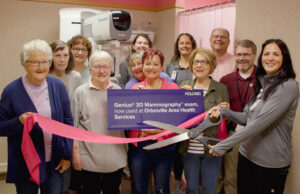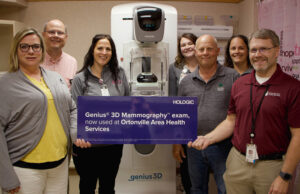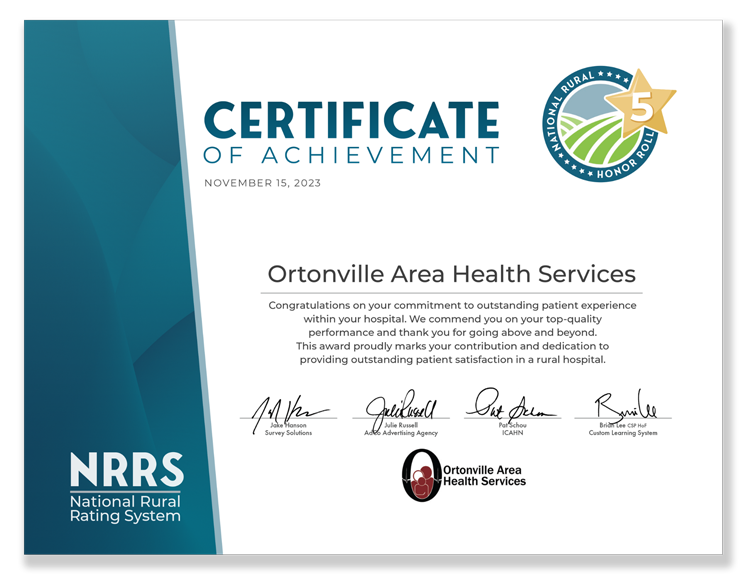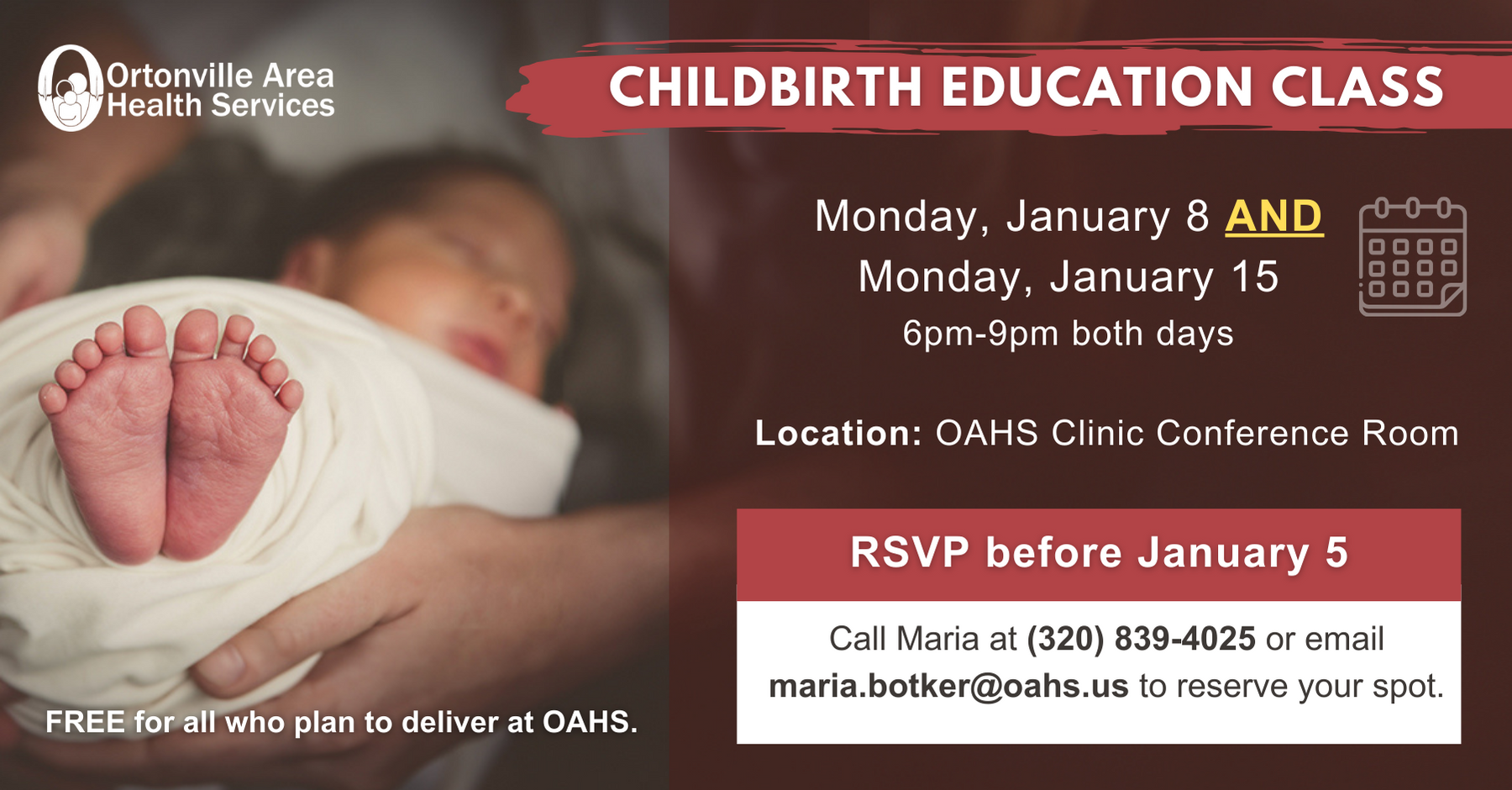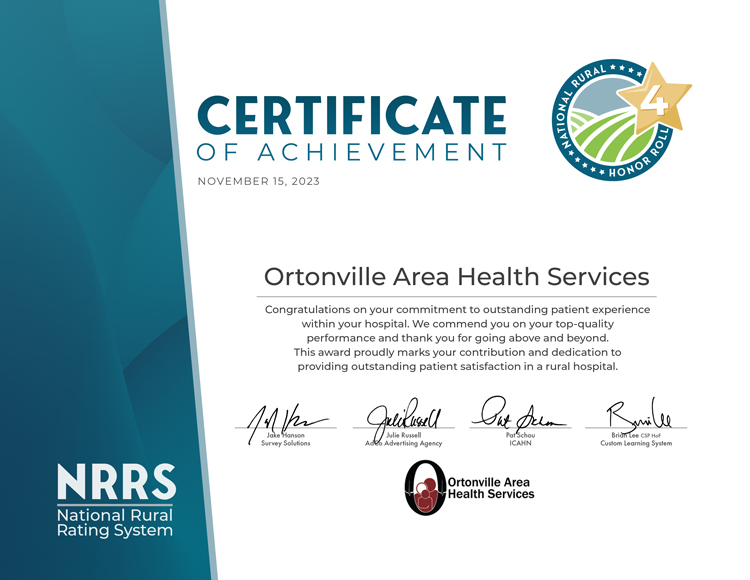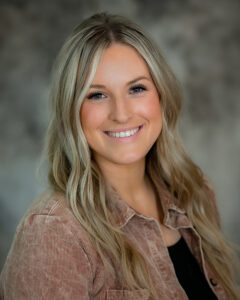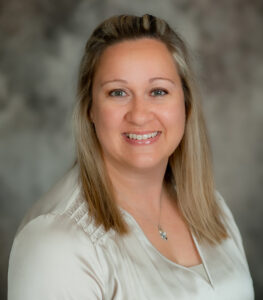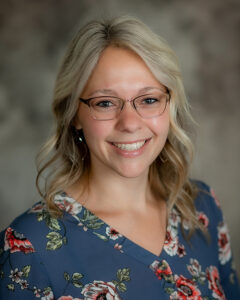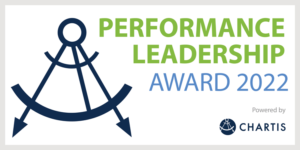Ortonville Area Health Services (OAHS) announces the acquisition and utilization of a Genius 3D Mammography machine. This cutting-edge equipment developed by Hologic Inc. sets a new standard in breast cancer detection, offering patients more comfortable exams and significantly improved early detection capabilities.
The purchase of this equipment was made entirely possible by generous contributions from the Big Stone County Cancer Support Group and the Big Stone Health Care Foundation, allowing OAHS to bring this advanced technology to the area a year ahead of schedule. The Big Stone County Cancer Support Group, supported by a generous estate planning gift from Delhart and Elvira Anderson, contributed $394,795.34 toward the purchase of the equipment. The Big Stone Health Care Foundation covered the remaining portion of the purchase by donating all funds raised at the 32nd annual Oak Tree Classic golf tournament, a contribution totaling $32,279.63.
Genius 3D mammography utilizes innovative tomosynthesis technology to overcome the limitations of traditional 2D mammography. By providing a three-dimensional view, it minimizes tissue overlap that can obscure small breast cancers, thereby enhancing the accuracy of cancer detection. This capability ensures that breast cancers are identified at earlier, more treatable stages, ultimately improving patient outcomes.
“This is a significant upgrade for our facility and community, and we are already receiving positive comments from patients regarding their visit,” said Lacey Busack, Radiology Manager at OAHS. “The mammography technologists at OAHS are excited to move forward with this new equipment and continue to do our best to make getting a mammogram a positive experience.”
OAHS is proud to offer this state-of-the-art tool as part of its comprehensive approach to fighting breast cancer. This advanced technology represents a significant step forward in OAHS’ dedication to women’s health and its commitment to delivering top-tier healthcare services to the region.
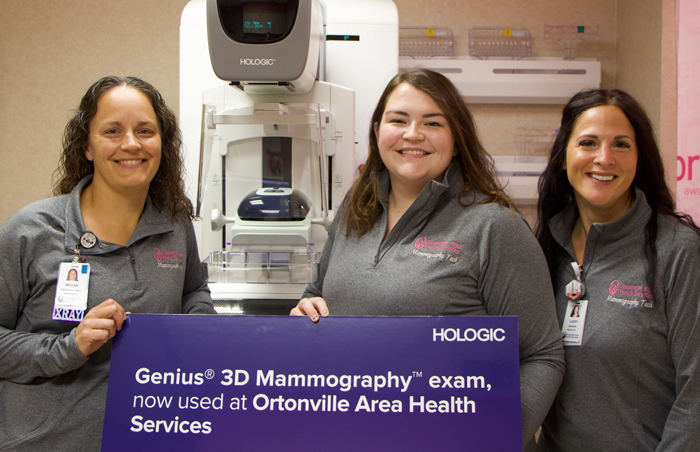
OAHS mammography technologists from left to right: Megan Diekmann, Rachel Rockensock, and Lacey Busack.
